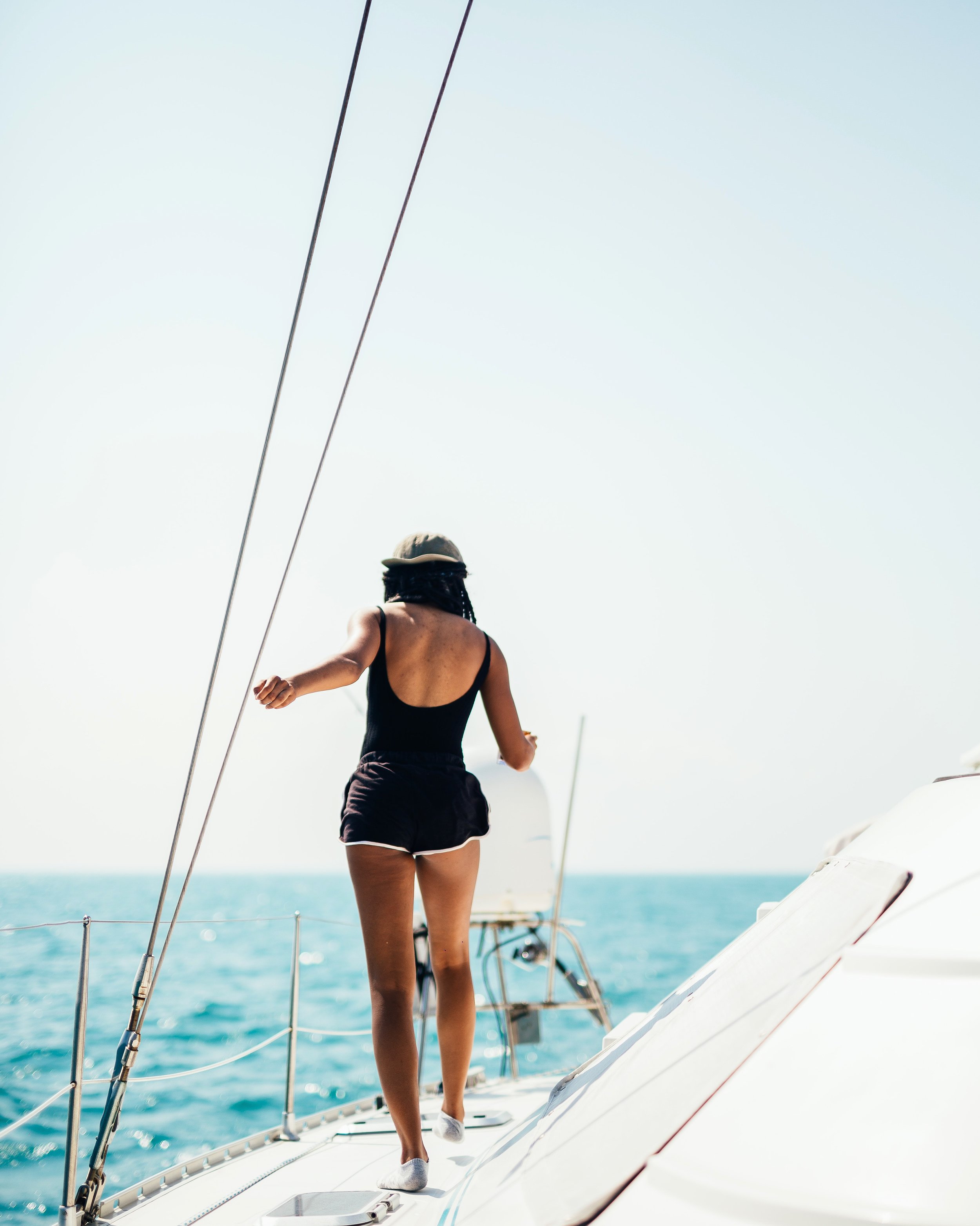The Belize Barrier Reef is a 200-mile long section of the Mesoamerican Barrier Reef System— the second largest in the world.
Barrier reefs are underwater ecosystems built by thousands of tiny marine organisms.
Here’s the problem: these ecosystems are extremely fragile and very sensitive to water temperature. Warmer ocean temperatures caused by climate change damages reef communities. When water is too warm, corals will expel the algae living in their tissues, causing the coral to turn completely white. This is called coral bleaching.
You may be thinking, “Well, why does this matter?”
Ask yourself this: If bleaching events continue and corals fail to recover, what will happen to the animals that depend on the reef to survive? Also, many reef excursions in Belize are run by small local business owners. How will bleaching events impact their livelihood?
With these questions in mind, I decided to take a trip to Belize to learn more. But first, I had to put together a team to help me document this experience.
One morning while scrolling through Twitter, I stumbled across a viral drone video published by a guy named Tré. From there, I found his Instagram. I marveled at the amazing cinematography work and decided to reach out. Luckily, he was able to find time in his busy schedule to join me on this trip.
Next, I reached out to an old friend from college who was by far one of the best photographers on campus during our time. His name is Curtis, and he agreed to join as well.
Once I realized it would probably be best to have two cinematographers on our trip, Tré reached out to another video friend named Jacob, who also accepted the invitation.
At that point, the team was complete, and we set off to Belize to film our very first documentary.






















